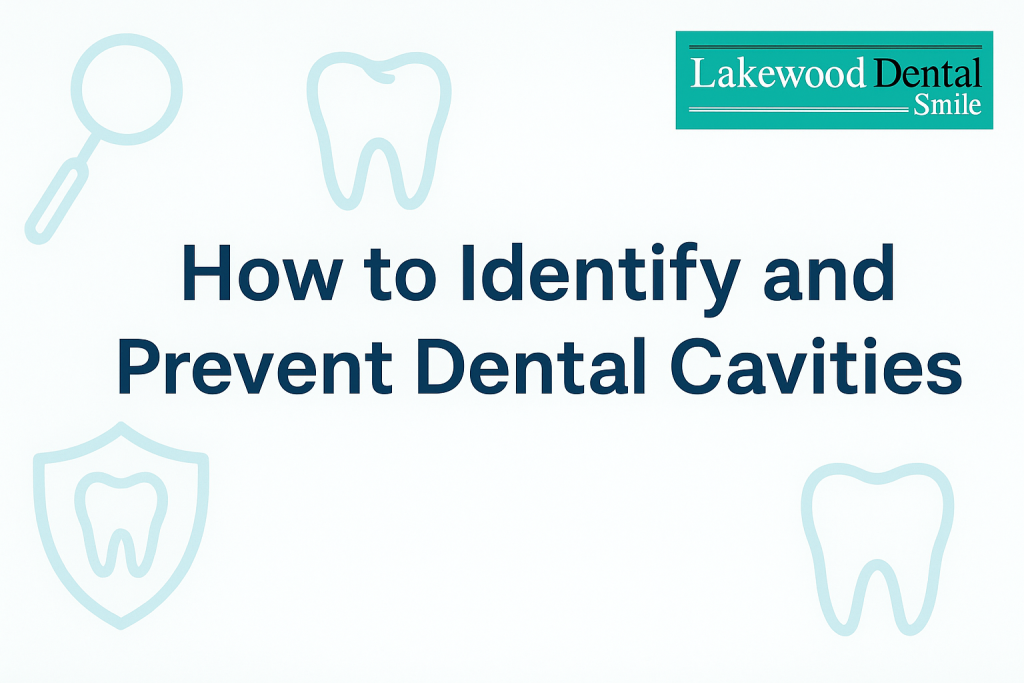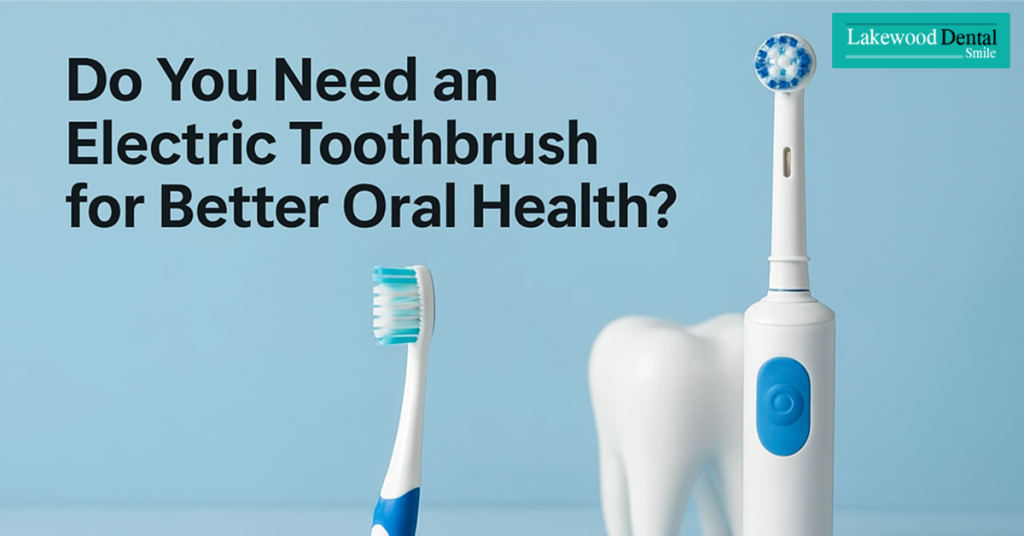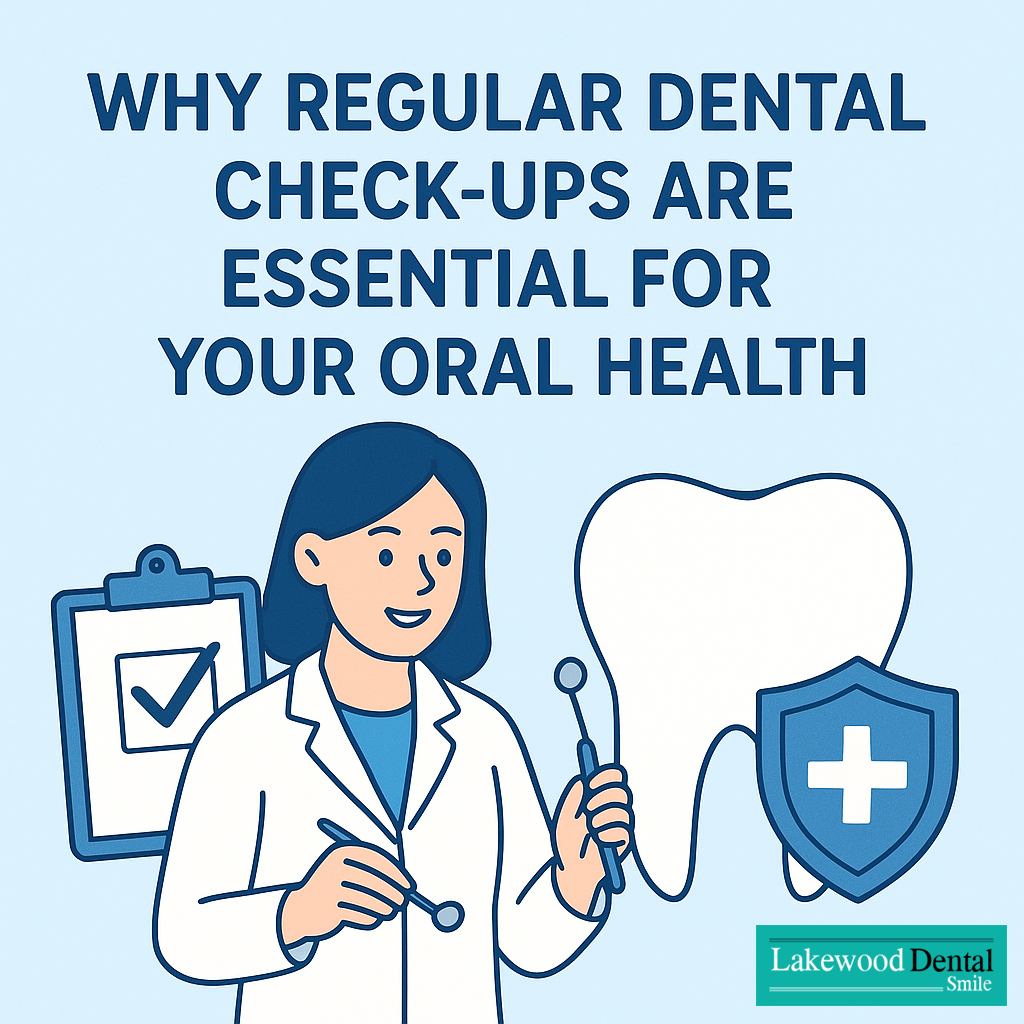Understanding What Cavities Really Are
To prevent dental cavities, it helps to first understand what they are and how they form. Cavities develop when tooth decay damages the enamel (the outer layer) and can progress to the dentin underneath. This process begins when certain bacteria in the mouth feed on sugars and carbohydrates left on the teeth. As they break down these particles, they produce acids that gradually weaken and dissolve the enamel. If not managed early, this destruction can create small holes, known as dental caries, which may worsen over time and lead to discomfort, sensitivity, or infection.

How Decay Starts
When food debris remains on the teeth—especially sticky or carbohydrate-rich snacks—the bacteria combine with saliva to form plaque, a thin and sticky film. This plaque clings to the tooth surface and continues producing acids. Over time, repeated acid attacks pull minerals out of the enamel. Without proper care, the enamel loses strength, eventually breaking down and allowing decay to progress deeper.
Older adults may experience decay around worn fillings. Dental work completed years ago can weaken, creating tiny gaps where bacteria settle. Reduced saliva flow, common among seniors taking certain medications, also increases the risk of decay.
How to Identify if You Have a Cavity
Early detection plays a key role in efforts to prevent dental cavities. Regular dental checkups allow professionals to spot decay before symptoms develop. Dentists may use visual examination, radiographs, or specialized tools to detect hidden or early-stage cavities.
Common signs include:
- Tooth sensitivity to hot, cold, or sweet foods
- Pain when biting or chewing
- Visible pits or holes in the tooth
- Brown, black, or white spots on the surface
- Sudden discomfort without obvious cause
Not all cavities cause pain initially. In many cases, decay progresses silently, which is why professional evaluation is essential.
Treatment Options for Cavities
The treatment depends on the severity of the decay:
1. Dental Fillings
When a cavity is small, the dentist removes the decayed portion and restores the area using composite resin or porcelain. These materials are safe, durable, and rarely cause allergic reactions.
2. Dental Crowns
If a tooth is significantly damaged, a crown may be recommended to protect and strengthen it. Crowns are commonly made of porcelain, ceramic, or metal and are placed over the tooth after removing weakened areas.
3. Root Canal Treatment
When decay reaches the pulp—the inner nerve and blood supply—a root canal becomes necessary. The dentist removes the infected tissue, cleans the canals, and seals the space. A crown is often added afterward for protection.
Practical Ways to Prevent Dental Cavities
Adopting daily habits can significantly reduce the risk of decay. To effectively prevent dental cavities, consistent care matters more than occasional effort.
Daily Oral Care
- Brush twice a day with fluoride toothpaste
- Use gentle circular motions and reach all tooth surfaces
- Floss once daily to remove plaque between teeth
- Rinse with a fluoride mouthwash if recommended
Smart Food Choices
- Limit sugary snacks and drinks
- Avoid frequent sipping on sodas or juices
- Choose water over sweetened beverages
- Include calcium-rich foods to strengthen teeth
Professional Care
- Schedule dental checkups every six months
- Discuss sealants for children and high-risk adults
- Ask about fluoride treatments for added protection
When to Seek Dental Advice
If you notice persistent sensitivity, dark spots, or discomfort when eating, do not delay evaluation. Early care helps prevent dental cavities from spreading and reduces the need for complex treatment.
In the final stages of the discussion, maintaining oral health becomes a long-term commitment. Gentle reminders from your dental team support better habits and early guidance.
Families in Dearborn, Michigan, often rely on Lakewood Dental Smile for routine monitoring and supportive care that helps maintain strong teeth and healthier daily habits. Their approach emphasizes prevention, comfort, and ongoing follow-up rather than focusing only on treatment.




